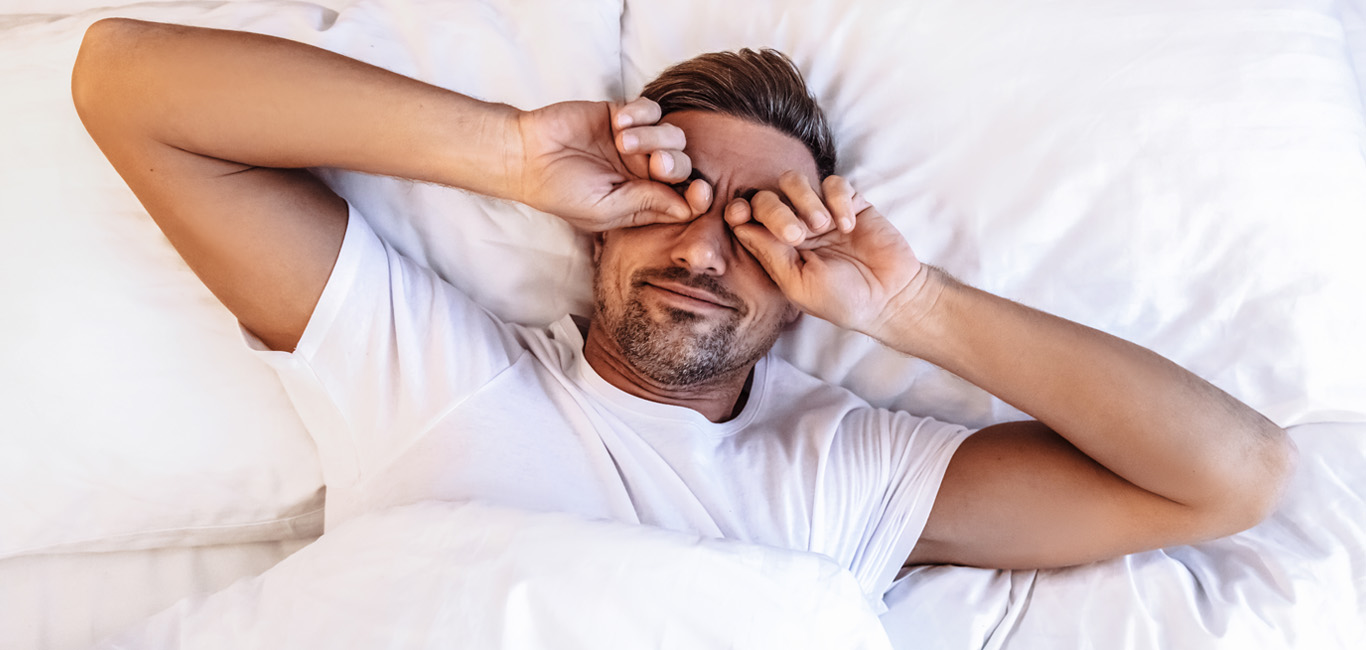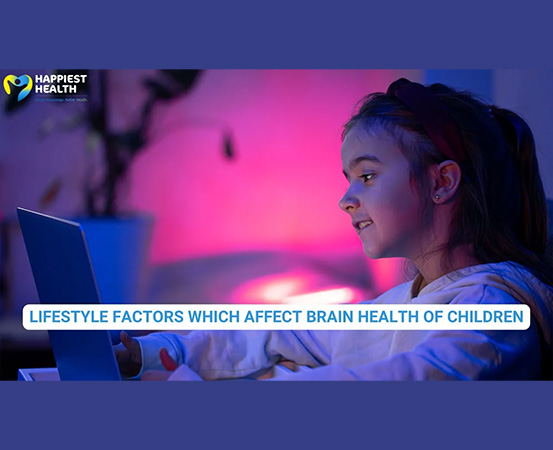
The dawn hits and it is time to wake up. You put your annoying alarm to rest, greet the morning by sprawling your arms, and in an endeavour to open your eyes… you realise that your eyelids are stuck together with a crusty gluey substance. Does this strike a chord?
We all get this eye gunk, sleep crust, or eye goop at the corners of our eyes after a good night’s sleep. They are also referred to medically as rheum.
It is the eye’s natural cleaning ritual and getting the crust every morning is healthy. Experts suggest that the sleep crust might not be the primary sign of any eye illness but can indicate an early sign of any abnormality. As such, it can help in early detection and treatment initiation, and thereby better outcome.
The role of lubrication
The sleep crust is a mix of tears, oils from meibomian glands, dust, and old dead cells that collect at the corners of the eyes and is a part of healthy eye function.
During the day, you blink to recondition the continuously evaporating thin water (tear) film over the eyes made of tears and oils (from meibomian glands) that function to lubricate the eyes. Blinking also wipes out the dust and old dead cells from your eyes.
While sleeping, the eyes switch to its self-cleaning process. The oils and tears are still secreted in small amounts that get mixed with dust and old dead cells and get collected at the corners.
“The thinness of the tear film is about one-tenth of the hair,” says Dr Sudhakar Potti, Chief Medical Officer of Sankara Eye Hospital, Guntur. “This thin film can evaporate very easily and to prevent it, the oil glands secrete oil that creates a layer over the tear film, thus delaying the evaporation. When you expose your eyes for long on gadgets without blinking, it leads to dry eyes and eye strain.”
The sleep crust is generally nothing to worry about until there is an over-secretion, redness, or pain in the eyes. Moreover, the colour of the crust might change to dark yellow or green, which is still healthy if not in large amounts.
However, the sleep crust could also signal that something is not quite right with the eyes. This might indicate certain eye illnesses such as dry eyes, blepharitis, conjunctivitis, or a tear or oil gland defect. Keep reading to find out when you should be concerned.
Blepharitis
Blepharitis or eyelid inflammation could have several causes. Primarily, the symptoms that establish blepharitis are excessive crusty discharge from the eyes, sticking of eyelids, skin flakes at the base of your eyelids, along with redness and irritation of the eyes.
Dr Ruchir Tewari, MD (AIIMS) and Consultant Ophthalmologist at Tewari Eye Center, Noida says that it is healthy to experience extra sleep crust which can even stick your eyelids together. If you have travelled the previous day exposing your eyes to dust and grit, expect extra crust the next morning as the self-cleaning process of your eyes eliminates the dust.
Washing your eyes with water can solve the problem too. However, if the sleep crust still occurs after washing, and is accompanied with redness or slight pain, it is time to seek an eye doctor’s help, he added.
Dr Potti concurred, adding that occasionally it is fine, but if it occurs every day and if you have dandruff then it might indicate illness. Individuals with dandruff are more prone to blepharitis.
Conjunctivitis
A change in the colour of the crust is mostly seen in conjunctivitis or pink eye. It is a highly communicable eye illness where the conjunctiva that lines the whites of the eye (sclera) and internal eyelids gets inflamed.
Redness of the eyes, pain and swelling of the eyelids are primary symptoms but before they become extreme, your eyes can give you an early indication in the form of sleep crust. One or both of your eyes may notify you with excessive sleep crust that is yellow or green a few days prior to the occurrence of the primary symptoms.
Dr Tewari says that the colour of the crust depends on the causal organism. Clinically, the sleep crust turns yellow or green if bacteria is the cause. However, even after washing your eyes in the morning, if grittiness between your eyelids persists, then check with your doctor.
More than the colour, it is the amount that matters. The quantity of discharge will be much more in conjunctivitis. Along with it, if you observe that your eyes are not in shape or look blobby, there is a fair chance of conjunctivitis.
If you suspect conjunctivitis which is easily contagious, you should get your eyes checked by an ophthalmologist. You should take off from work, not touch your eyes, use a clean cloth, avoid sharing a pillow or bed with family and mates, and wash your hands before touching your eyes and eye drops, Dr Potti sums up the measures to prevent spread.
Tear and oil gland defect
The inflammation of oil glands or blockage of tear glands is another reason to notice changes in eye gunk colour and its amount. Bacteria can infect the eyelids causing a pimple-like appearance at the end of the eyelids, often filled with pus. This condition is called eye stye and commonly affects eye glands.
Dr Tewari explains that you can notice a gathering of small balls of yellow sticky mucus at the corners of one of the eyes, signalling an inflammation of the oil gland. In case of tear duct blockage, you might experience watery eyes, along with irritation. Redness, itching, irritation, pain, or swelling of the eyelids are the other prominent symptoms that establish a blocked tear duct.
Ways to keep your eye clean
The first thing we do after waking up is rubbing the eyes, but Dr Potty recommends resistance here. He says that your hands might look clean but rubbing can be the main source of infection that could lead to an eye infection or may worsen it. As a daily morning hygiene ritual, you should wash your eye with normal water.
Dr Tewari suggests using normal tap water for washing your eyes. He says that you should refrain from using saline water as it can damage them. Your doctor may prescribe saline eye drops to use only for a specific time period.
The American Academy of Ophthalmology suggests using a soaked washcloth in warm water to gently wipe the sleep crust and eyelids. If your eyes seem extra crusty or sticky, keep that washcloth over the eyes and leave for a few minutes. It is mostly preferred as the warmth will also make your eyes feel good.

















